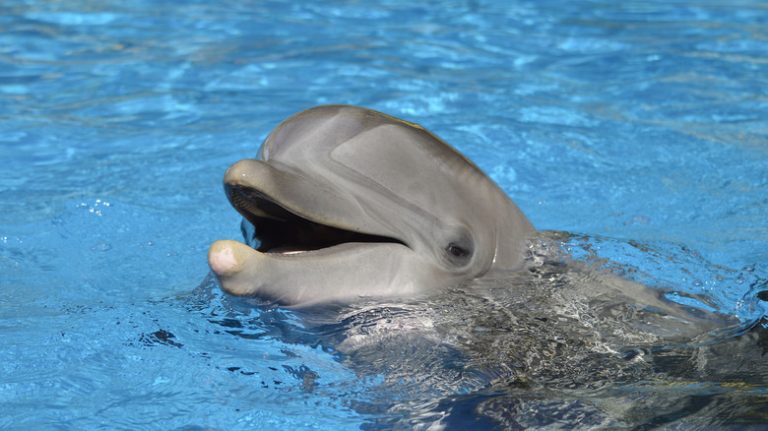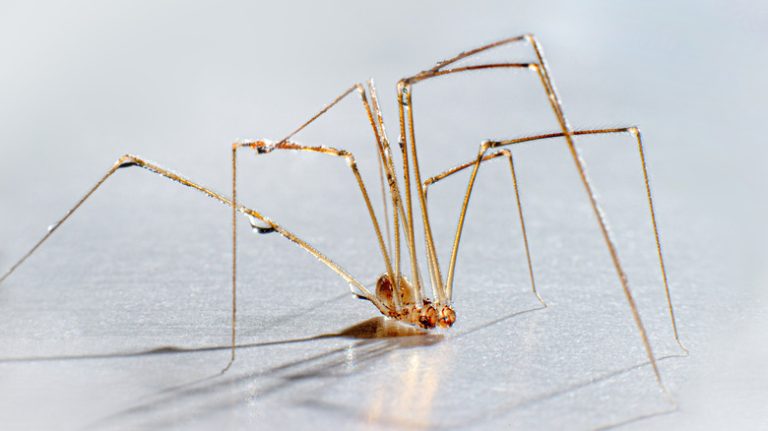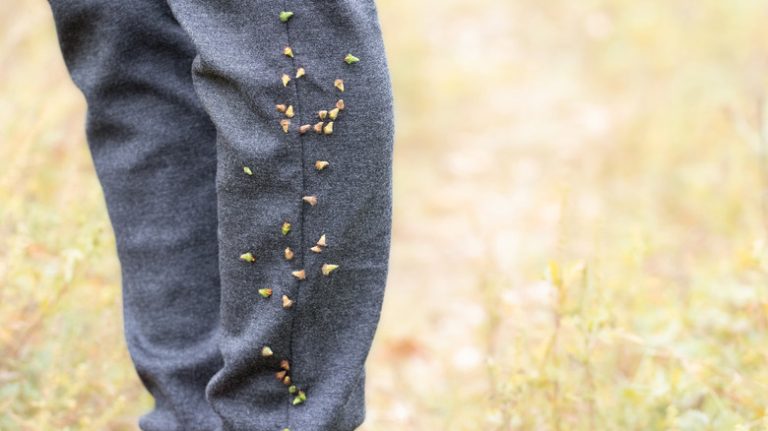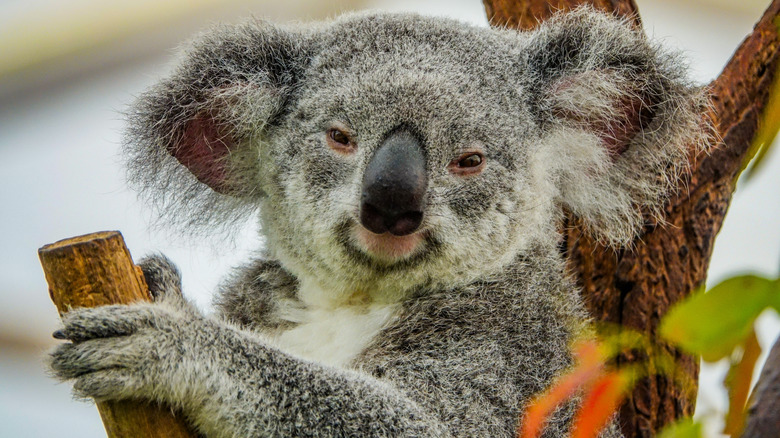
Koalas are easily recognizable symbols of Australian wildlife, yet they have also become symbols of endangerment in this era of climate crisis. According to The IUCN Red List, koalas are categorized as a vulnerable species. However, their status hasn’t been reassessed in more than ten years, and the situation has deteriorated since then. Some scientists suggest that koalas might now be functionally extinct in the wild. Recent years have been particularly challenging, with the 2022 Australian wildfires severely affecting koalas.
Despite their current dire circumstances, it’s noteworthy that koalas have survived this long. Human-induced climate change poses the greatest threat to koalas, yet they don’t seem to aid their own survival. Indeed, it’s hard to think of a species less equipped to handle a crisis than the unfortunate koala. They possess small brains and poor eyesight, and are often considered one of the least intelligent mammal species. Their main vulnerability is their almost total reliance on a single source of food: eucalyptus leaves. The loss of eucalyptus trees due to wildfires and deforestation is the koala’s primary concern, but a closer examination of their diet reveals that koalas may be setting themselves up for failure.
The ridiculousness of the koala diet
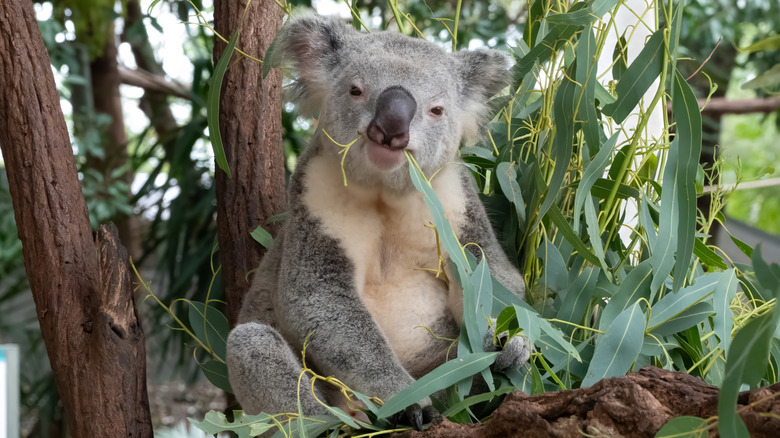
The koala’s reliance on eucalyptus is arguably the most puzzling dietary choice in the animal kingdom. Eucalyptus is laden with toxins and would likely make almost any other animal ill. However, the digestive systems of koalas are specially adapted to eliminate these toxins. While this is a useful adaptation, it seems less logical when considering the nutritional content of eucalyptus. It’s nearly devoid of nutrients and offers very few calories, yet its fibrous nature means a significant portion of the energy derived from it is expended in digestion. Koalas gain so little from their eucalyptus diet that they have to sleep up to 20 hours a day, dedicating most of their waking time to eating.
To complicate matters, koalas reject over 90% of eucalyptus species, relying on fewer than 50 out of more than 700 types available. Additionally, koalas appear unable to recognize their food source unless it remains attached to a tree. If a zookeeper provides eucalyptus leaves on a plate, a koala won’t eat. It’s almost as if koalas are inadvertently trying to starve themselves, leading many to label them among the world’s least intelligent animals. However, it’s important to be cautious when applying human intelligence standards to other species.
The pitfalls of judging animal intelligence
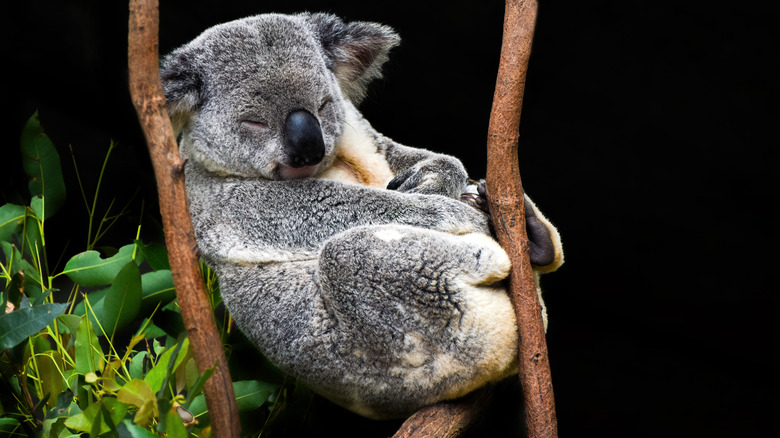
Defining intelligence is challenging because it heavily depends on context. Many animals are far more intelligent than we often credit them for, but koalas do seem particularly dull at first glance. Their brains occupy only about 60% of their cranium, giving them one of the smallest brain-to-body ratios among mammals. Additionally, their brains are nearly smooth. The folding in a human brain, known as gyrification, substantially increases the surface area of the cerebral cortex, allowing for more neurons and faster cognitive processes.
Given this information, it’s understandable how koalas earned their reputation, but we must reassess our judgments from a koala’s environmental perspective. While eucalyptus isn’t highly nutritious, it’s the best and most plentiful food available in the forests where koalas reside. The soil in these areas is nutrient-poor, meaning that nothing growing in it would make for highly nutritious food. Koalas’ small, smooth brains are part of their adaptation; larger brains would consume too much of their already-limited energy. Sometimes, being perceived as unintelligent is the most intelligent adaptation for survival.




